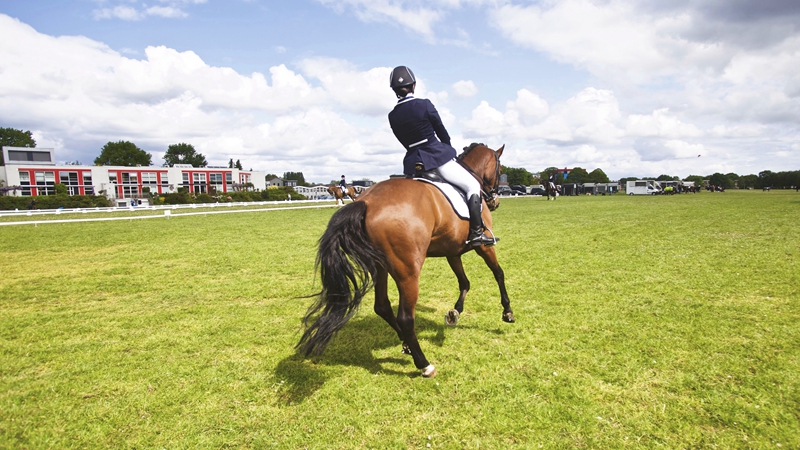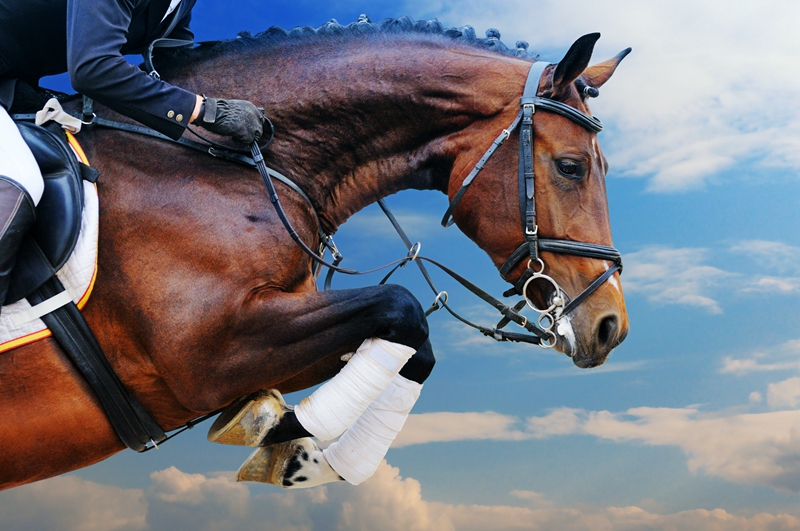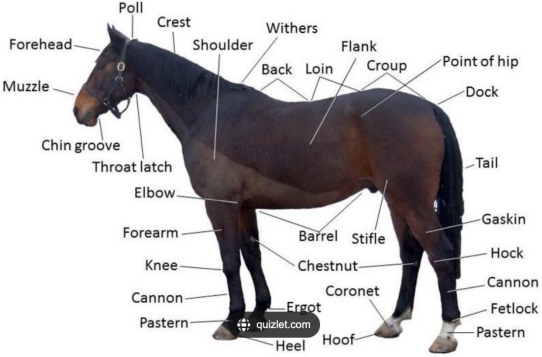Horse's body language2025-05-27Horses are elegant and sensitive animals that do not express emotions through sound, but convey rich messages through their body movements. A turn of an ear, a swing of the tail, and even a gentle lifting of the hooves - these subtle movements are the unique "language" of horses. For thousands of years, humans have walked alongside horses, and only by truly understanding their bodily expressions can we establish a tacit understanding that transcends species. Horse's diet2025-05-27Horses are herbivorous animals, and their diet mainly consists of various grasses and moderate amounts of concentrated feed. Classification of horse bloodlines2025-05-27The classification of horse bloodlines is an important foundation for horse breeding and management, mainly based on genetic background, purpose, and bloodline purity. Pure blooded horses are known for their speed and are specifically bred for horse racing; Warm blooded horses combine strength and agility, making them the preferred choice for equestrian competitions; A cold-blooded horse takes on heavy labor with a strong physique. In addition, closed lineages strictly maintain purebred genes, w The living habits of horses2025-05-27Horses (Equus ferus caballus), domesticated by humans for over 5000 years, still maintain many primitive habits of their ancestors to this day. These deeply rooted behavioral patterns in genes not only shape the unique way horses survive, but also profoundly influence modern horse breeding, management, and training methods. The body parts of a horse2025-05-27The body of a horse can be roughly divided into three parts: head, trunk, and limbs. The overall structure is symmetrical, the muscles are well-developed, the bones are light and sturdy, the lines are smooth, and it has extremely strong athletic ability. Its body design is suitable for fast running and endurance, combining strength and flexibility, showcasing elegant and robust body features. The Evolution of Horses2025-05-27Horses, this elegant and robust animal, are not only loyal companions of human civilization, but also classic examples of biological evolution. From the forest beasts the size of foxes 55 million years ago to the tall horses galloping on the grasslands today, their evolutionary history is a perfect witness to natural selection. As the Earth's environment shifted from dense forests to open grasslands, the size, limbs, and teeth of horses underwent astonishing adaptive changes, ultimately shaping





